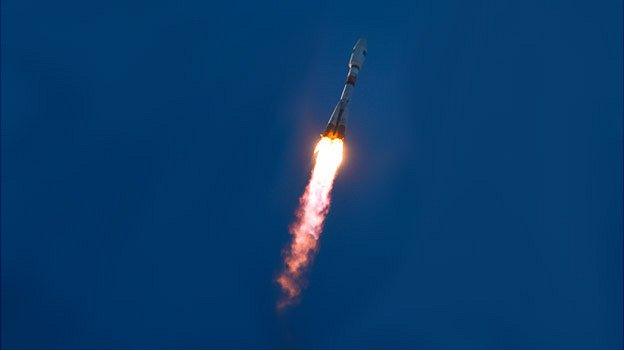Second EU radar Sentinel satellite launches
- Published
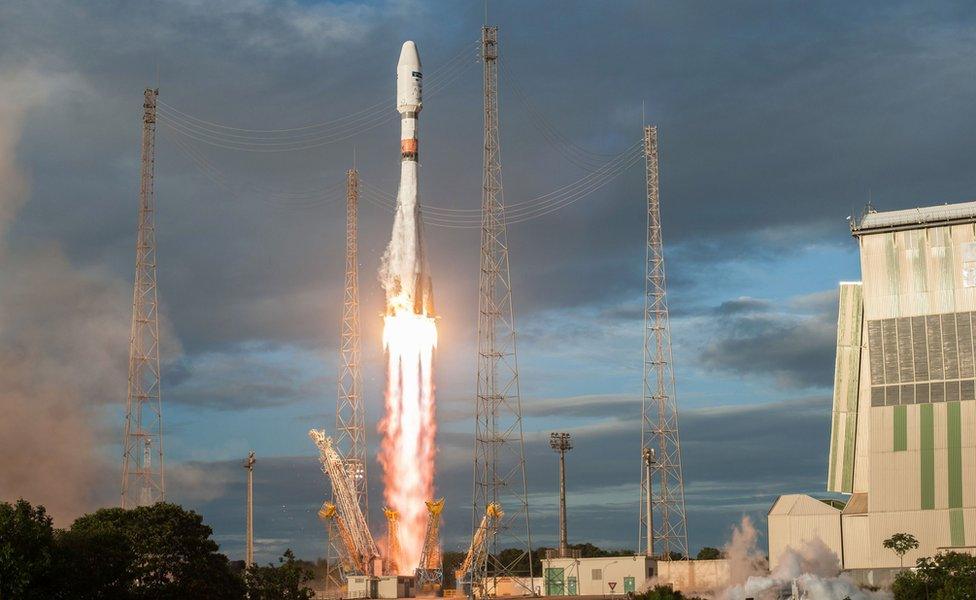
The Soyuz clears the pad and heads skyward
The European Space Agency has launched a second radar satellite into the EU's new Sentinel constellation.
Sentinel-1b was carried into orbit by a Soyuz rocket that flew out of Sinamary in French Guiana.
The new platform will monitor shipping lanes for pollution and icebergs, and survey land surfaces for evidence of subsidence - to name just three of the myriad applications for radar imagery.
Sentinel-1b will work alongside the 1a spacecraft, which was launched in 2014.
Operating in the same orbit but separated by 180 degrees, the pair will be able to map the entire Earth every six days.
This promises an avalanche of data - some five terabits per day - and both satellites are carrying laser communications systems to help get all the information to the ground.
The Sentinels are a flagship space project for the European Union, which has committed billions of euros to the endeavour.
The satellites fit into a programme the European Commission calls Copernicus, which draws together all sorts of data about the health of the Earth, not just from orbit.
Copernicus will support a multitude of services, ranging from air quality updates to crop-performance monitoring, from water-resource management to transport infrastructure planning.
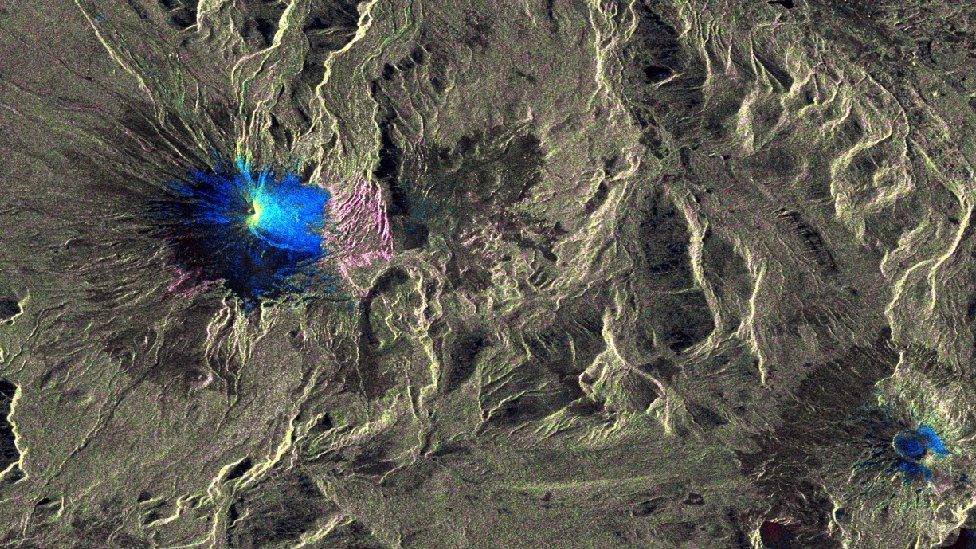
Sentinel radar data reveals changes (blue) in the shape of Villarrica volcano in Chile
Esa is acting as the technical agent, procuring the satellites for the EU. Sentinel-1b is the fourth to launch, with more platforms to follow.
"At the moment, we have around 36,000 self-registered users (for Sentinel data), who have downloaded already about four million images, mainly from Sentinel-1a; although this is now picking up because Sentinel-2a (a visible colour camera) has just become operational as well," explained Esa's Earth-observation director Prof Volker Liebig.
The Soyuz' lift-off from French Guiana occurred at 18:02 local time (21:02 GMT), following three postponements in previous days due to meteorological and technical issues.
The 2.1-tonne Sentinel was ejected 23 minutes into the ascent. The planned injection altitude was 686km (426 miles).
"We will not start commissioning until we have raised ourselves to the proper orbit (693km), which could take two weeks, a maximum of three," Esa's Sentinel-1 project manager, Ramon Torres told BBC News.
"We will then go into detail with the calibration of the radar instrument. We plan the commissioning review (to declare Sentinel-1b operational) for 14 September."
Prof Volker Liebig: "We thought we'd reach the 'Big Data' region in one or two years"
Sentinel-1a images track the movement on Antarctica's Thwaites Glacier
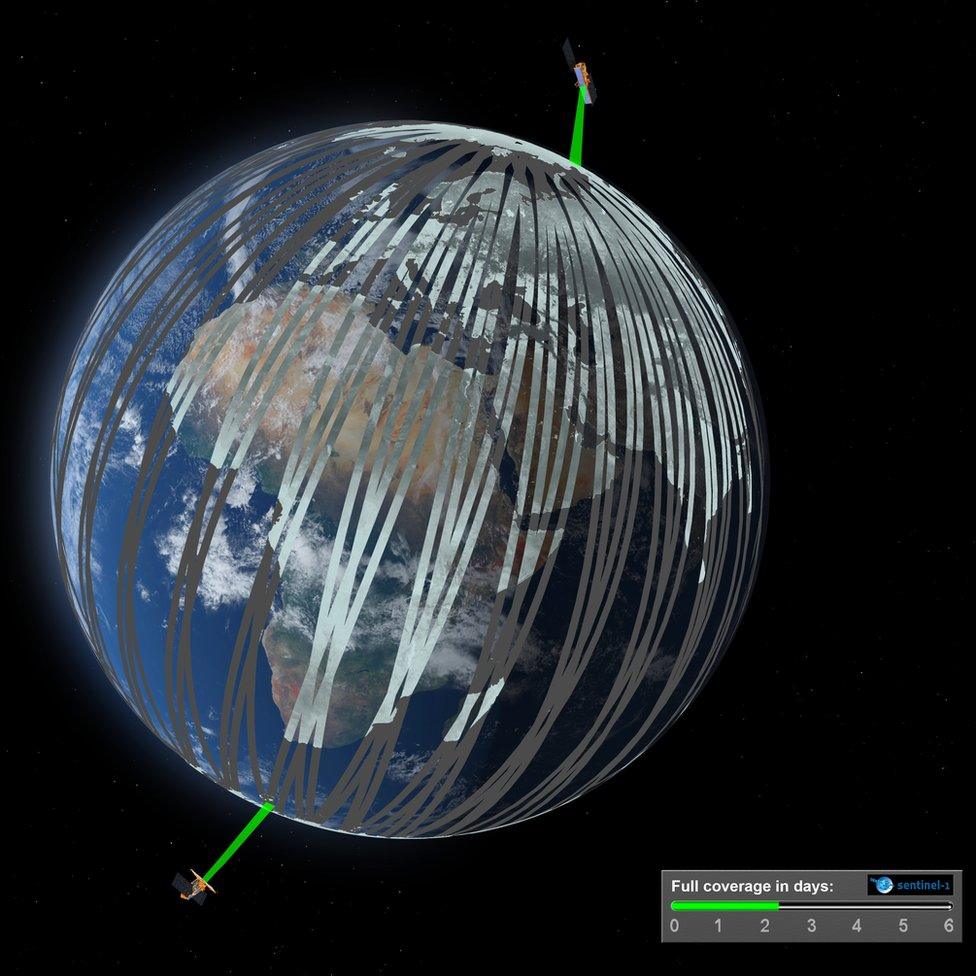
Sentinels 1a and 1b are separated by 180 degrees and will map the entire Earth every six days
Four other satellites were put in orbit on the same Soyuz flight.
Three were university cubesats. One, however, was a French space agency mission called Microscope, external - a fundamental physics experiment.
This satellite will spend the next couple of years investigating the so-called "equivalence principle".
It is the concept in general relativity that holds that gravity accelerates all objects equally, regardless of their mass or composition.
The Apollo 15 astronaut Dave Scott famously demonstrated the principle on the Moon in 1971 when he dropped a geology hammer and a falcon feather. Both hit the surface of the airless body at the same time.
Microscope's examination will be much more exacting, of course. It will "drop" metal cylinders made from titanium-aluminium-vanadium and platinum-rhodium - to see if they also fall at the same rate in the vacuum of space.
The experiment can sense accelerations that are a millionth of a billionth of Earth's gravity.
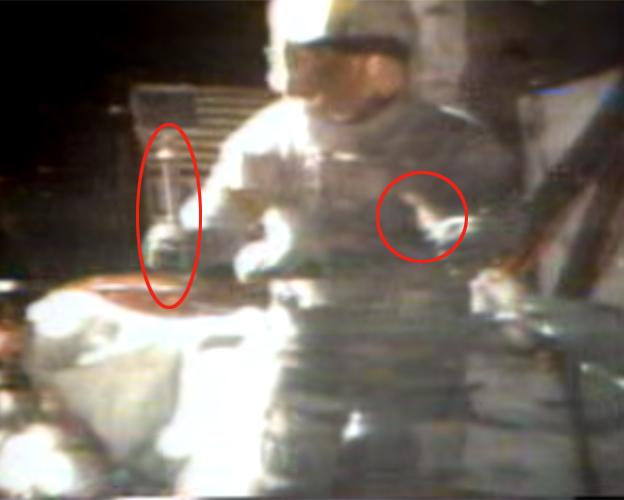
Dave Scott: A hammer in his right hand, a falcon feather in his left
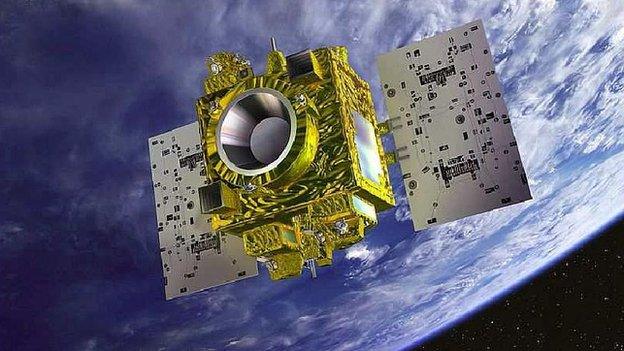
Microscope is a fundamental physics experiment
Jonathan.Amos-INTERNET@bbc.co.uk, external and follow me on Twitter: @BBCAmos, external
- Published22 April 2016
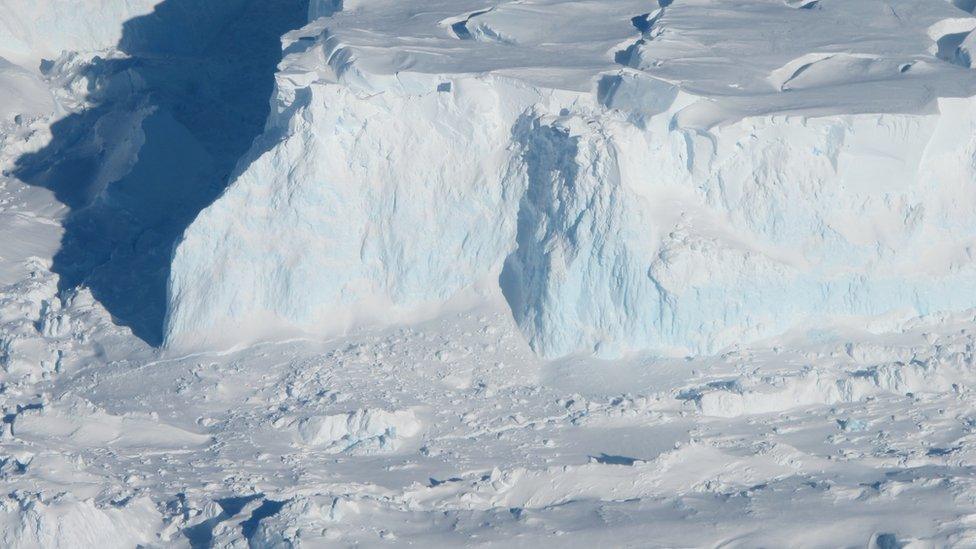
- Published21 April 2016
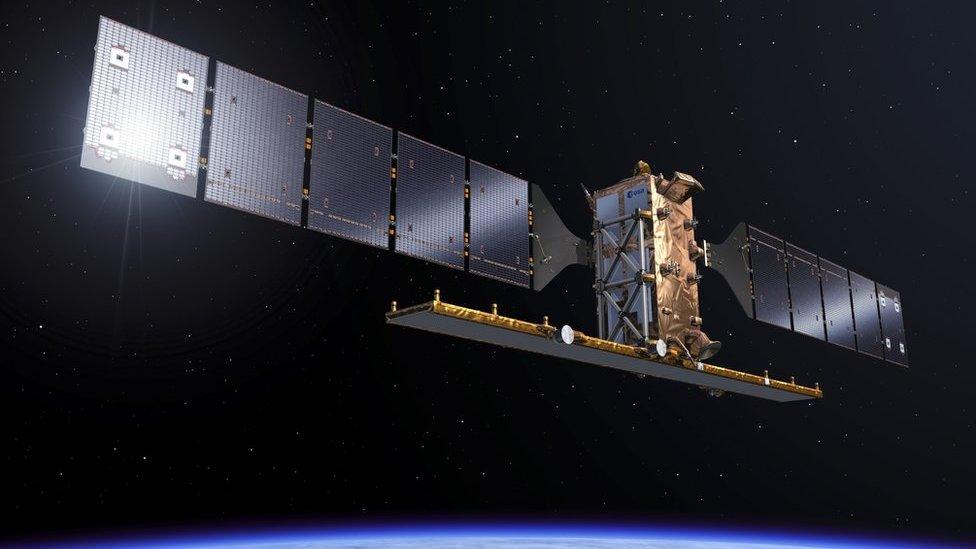
- Published30 January 2016

- Published29 April 2015
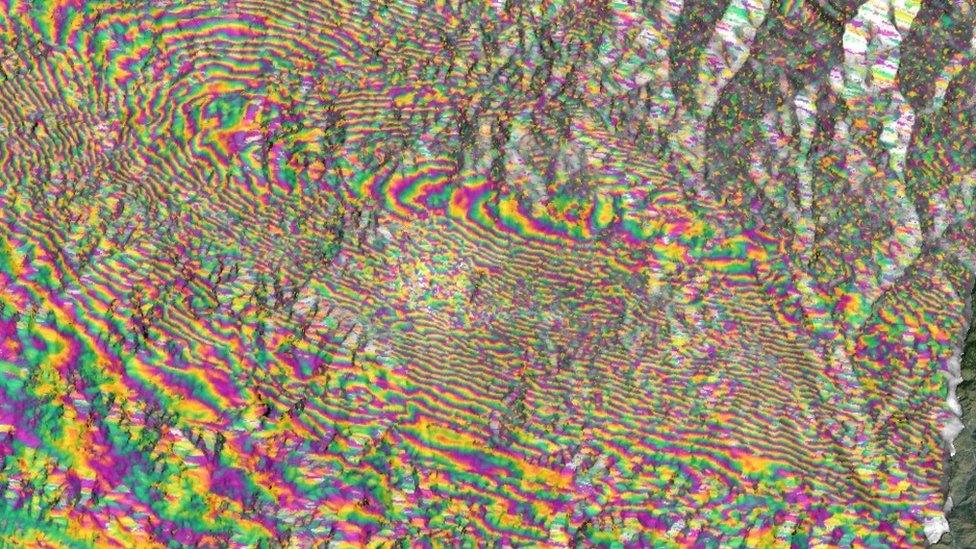
- Published3 April 2014
